OnePlus Pad 2 Review: Breakdown You Won’t Find Elsewhere
The OnePlus Pad 2 is the latest entrant in the rapidly growing tablet market, bringing with it a set of features and improvements that have garnered attention. However, as a laptop expert and content writer, I’m here to dig deeper into what makes the OnePlus Pad 2 unique and whether it’s worth the investment. While many reviews skim over the surface, this review will uncover the details that truly matter, offering insights that other reviews might have missed.
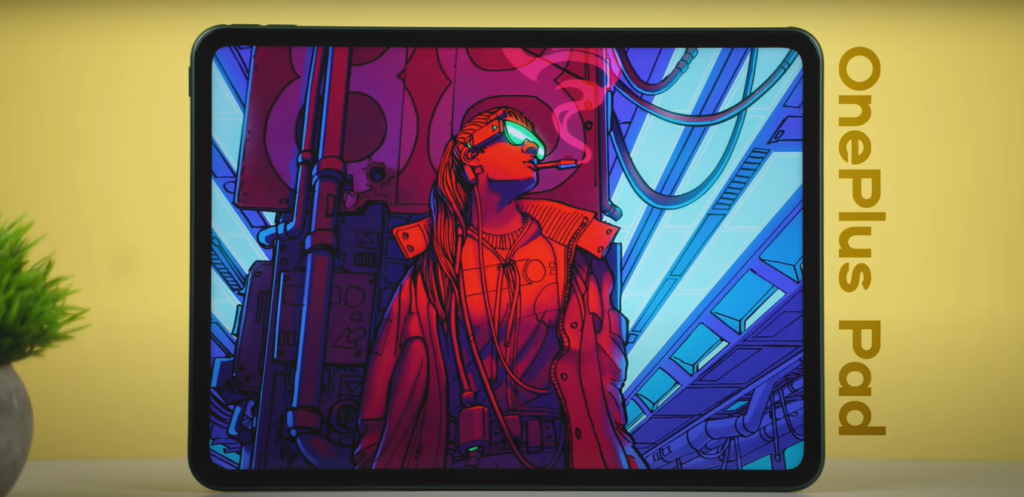
Introduction: Is the OnePlus Pad 2 Worth the Hype?
The tablet market has seen fierce competition, with brands like Apple and Samsung dominating the space. OnePlus, traditionally known for its smartphones, entered the fray last year with the OnePlus Pad, which received favorable reviews. Now, with the OnePlus Pad 2, the brand aims to refine its offering. But with a starting price of ₹40,000 in India and $500 in the U.S., is this tablet truly worth the investment?
Design and Build Quality
OnePlus has maintained its premium design language with the Pad 2, featuring an aluminum unibody that exudes sophistication. The build quality is top-notch, and the tablet feels sturdy in hand. However, one major drawback is its weight. At over 500 grams, the OnePlus Pad 2 is heavier than the 13-inch iPad Pro, making it cumbersome to hold for extended periods. While the slim profile is a plus, the heft of the device could be a deal-breaker for those who prioritize portability.
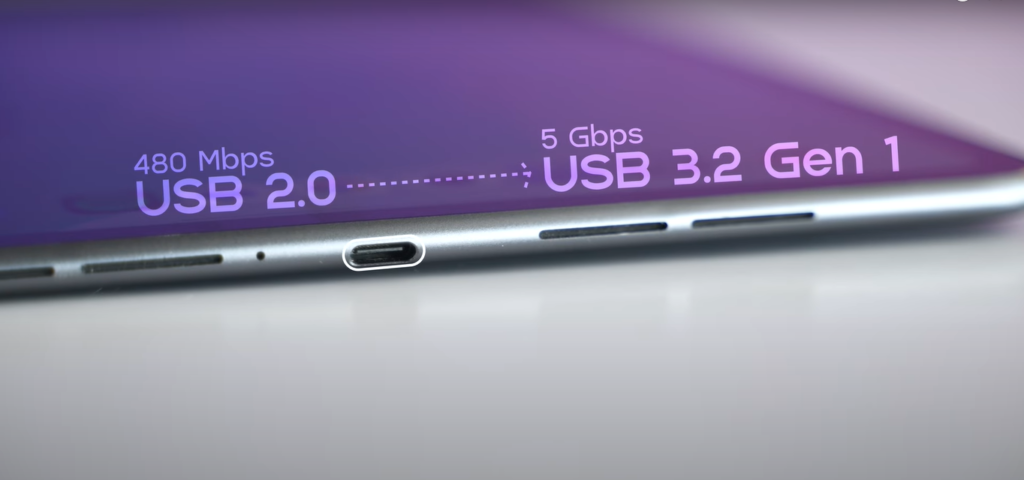
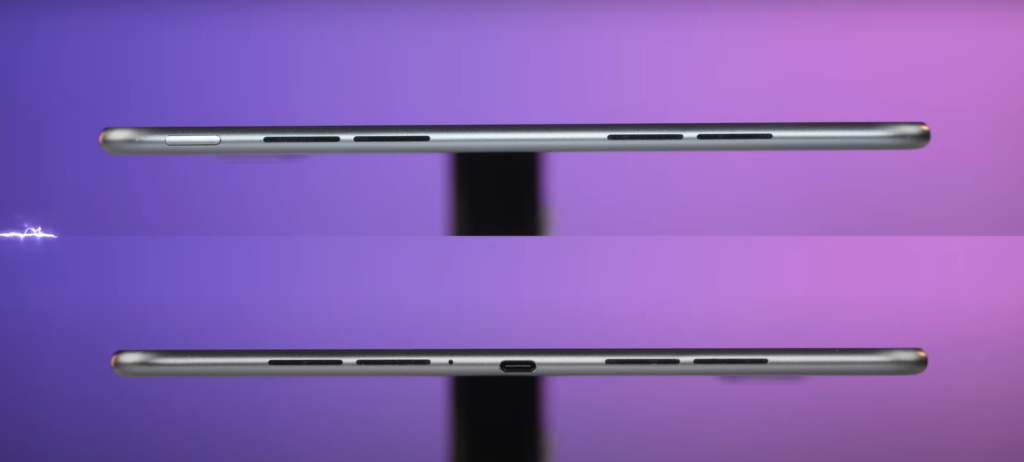


Pros:
- Premium aluminum unibody design
- Slim profile
Cons:
- Heavier than many competing tablets
- No fingerprint reader
Display: What Could Have Been Better
The display is a critical aspect of any tablet, and the OnePlus Pad 2 attempts to deliver with a 7.5 aspect ratio and a 144Hz refresh rate. The screen is brighter, sharper, and smoother compared to its predecessor. However, the decision to stick with an LCD panel instead of an OLED is a missed opportunity. OLED displays offer superior color accuracy, contrast, and viewing angles—features that are noticeably lacking here.
Additionally, the lack of Widevine L1 certification means that streaming services like Netflix are limited to lower resolutions, even though the tablet is Dolby Vision certified.

Pros:
- 144Hz refresh rate
- Improved brightness and sharpness
- Unique 7.5 aspect ratio
Cons:
- LCD instead of OLED
- Limited streaming quality due to lack of Widevine L1 certification
- Average color accuracy and viewing angles
Performance: Power-Packed or Overkill?
Performance is where the OnePlus Pad 2 truly shines—or does it? Equipped with the Snapdragon 8 Gen 3 chipset, this tablet is an absolute powerhouse. The software is well-optimized, with smooth system animations and consistent performance across apps, thanks to Android 14. Multitasking is seamless, and the tablet handles even the most demanding tasks with ease.
But here’s the catch: this level of performance might be overkill for a tablet. While the Snapdragon 8 Gen 3 is a beast in terms of CPU and GPU power, the reality is that most tablet users don’t require this kind of performance. For tasks like streaming, multitasking, and light work, a less powerful but more balanced chipset could have been a better fit, potentially reducing the device’s cost as well.
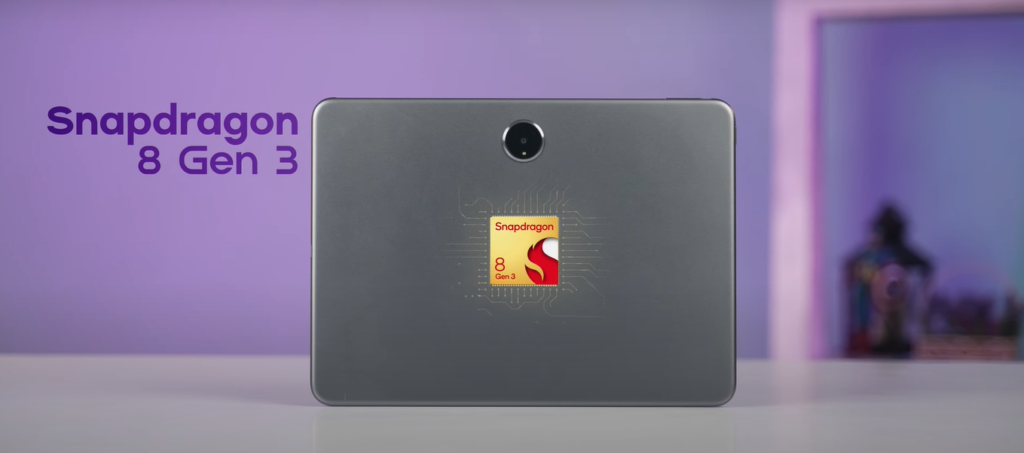
Pros:
- Snapdragon 8 Gen 3 chipset
- Smooth multitasking
- Optimized software with Android 14
- Future-proof with 3+4 years of updates
Cons:
- Overpowered for most tablet tasks
- Higher price due to unnecessary performance capabilities
Audio: An Audiophile’s Delight
If there’s one area where the OnePlus Pad 2 impresses without reservations, it’s the audio. Upgrading from four to six speakers, OnePlus has created a tablet that delivers room-filling sound with plenty of details. The audio quality remains crisp even at maximum volume, with minimal distortion and a decent amount of bass to round out the experience.
Whether you’re streaming your favorite shows on Netflix or listening to music on Spotify, the audio quality is sure to impress.
Pros:
- Six speakers for enhanced audio quality
- Crisp sound with minimal distortion
- Decent bass response
Cons:
- None
Stylus and Keyboard: Creative Tools at Your Fingertips
For artists and note-takers, the second-generation OnePlus Stylus is a significant upgrade. With 4X more levels of pressure sensitivity, it offers finer control and one of the best handwriting recognition systems available on a tablet. The stylus also features subtle haptic feedback, though this is currently limited to the built-in Notes app.
The Smart Keyboard is another accessory worth mentioning, but it may not appeal to everyone. While it offers a good typing experience, the tablet-plus-keyboard combo still doesn’t quite replace a traditional laptop for more intensive tasks.
Pros:
- Improved stylus with better pressure sensitivity
- Excellent handwriting recognition
- Smart Keyboard available as an accessory
Cons:
- Haptic feedback is limited to the Notes app
- The tablet-plus-keyboard combo may not replace a laptop
Software and Features: AI-powered and Future-Proof
The OnePlus Pad 2 comes with several AI-powered features that enhance its functionality. Although some features announced during the launch event will only be available later this year, what’s currently accessible is impressive. For instance, the AI Eraser can manipulate images effectively, and students will appreciate the ability to summarize lecture recordings.
OnePlus also promises 3+4 years of updates, ensuring the tablet remains relevant in the coming years. This future-proofing is a significant selling point for those who plan to keep their device for an extended period.
Pros:
- AI-powered features like AI Eraser
- Future-proof with 3+4 years of updates
- Improved app optimization with Android 14
Cons:
- Some AI features not yet available
Gaming Performance: A Tablet for Gamers?
For gaming enthusiasts, the OnePlus Pad 2 offers an impressive experience. The Snapdragon 8 Gen 3 chipset ensures smooth performance, with the tablet handling games like Genshin Impact at 60 FPS and PUBG Mobile at 120 FPS. The large aluminum unibody acts as a heat sink, preventing the tablet from overheating during long gaming sessions.
While gaming on a tablet isn’t for everyone, those who do will find the OnePlus Pad 2 more than capable of delivering a satisfying experience.
Pros:
- Smooth gaming performance with Snapdragon 8 Gen 3
- Large unibody prevents overheating
- Handles demanding games with ease
Cons:
- Gaming on a tablet may not appeal to everyone
Battery Life: Power On the Go
Battery life is a mixed bag for the OnePlus Pad 2. On average, the tablet delivers 6-8 hours of screen time, which is adequate but not exceptional. However, the included 67W charger ensures that the battery recharges quickly, going from 1% to 100% in under an hour.
For users who prioritize quick recharging, this could be a significant advantage, but for those who need extended battery life for long days on the go, the tablet might fall short.
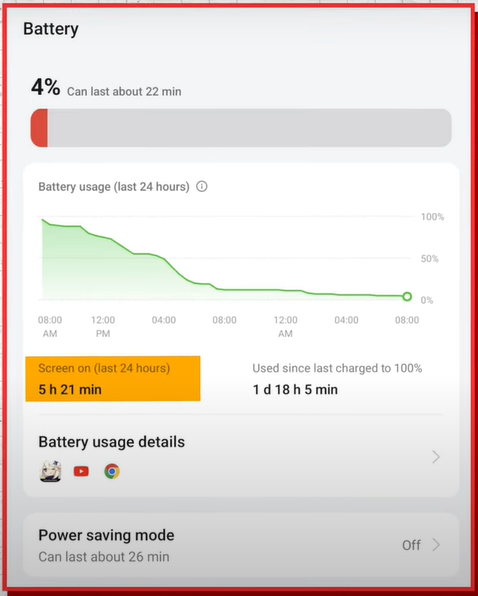
Pros:
- Fast charging with 67W charger
- Adequate battery life for moderate use
Cons:
- Battery life could be better for intensive use
Camera: Functionality Over Flair
As with most tablets, the camera on the OnePlus Pad 2 is functional but not exceptional. The rear camera is decent for scanning documents and taking the occasional photo, but it’s not designed for serious photography. One notable downside is the removal of the Limelight feature, which tracked the user during video calls—a feature that could have been particularly useful in today’s remote work environment.

Pros:
- Decent rear camera for basic tasks
Cons:
- Removal of Limelight feature
- Not suitable for serious photography
Pricing and Final Verdict
The biggest question surrounding the OnePlus Pad 2 is whether it’s worth the price. Starting at ₹40,000 in India and $500 in the U.S., the tablet offers a lot of features but also comes with some compromises. While the performance, audio quality, and stylus are standout features, the LCD, weight, and battery life leave room for improvement.
For those who prioritize performance and audio, the OnePlus Pad 2 is a strong contender. However, if your primary use cases are streaming, multitasking, and light work, you might be better off waiting for upcoming alternatives like the Xiaomi Pad 7 or the Honor Magic Pad 2, which promise OLED displays and more balanced performance at a potentially lower price point.
Frequently Asked Question
5 Best 5G Smartphones Under ₹10000
While the OnePlus Pad 2 doesn’t fall under this category, we understand the importance of budget smartphones in today’s market. If you’re looking for the best 5G smartphones under ₹10,000, consider options like the Realme Narzo 30 5G, Samsung Galaxy M12, and Poco M3 Pro 5G. These devices offer great value for money and strong performance in their price range.
Final Thoughts

The OnePlus Pad 2 is a compelling device with a lot to offer, especially for those who value performance and audio quality. However, it’s not without its flaws, and at its current price point, it may not be the best choice for everyone. By taking into account the pros and cons laid out in this review, you’ll be better equipped to decide whether the OnePlus Pad 2 is the right tablet for you.


One thought on “OnePlus Pad 2 Review: Breakdown You Won’t Find Elsewhere”
Hi, I’m Jack. Your blog is a treasure trove of valuable insights, and I’ve made it a point to visit daily. Kudos on creating such an amazing resource!